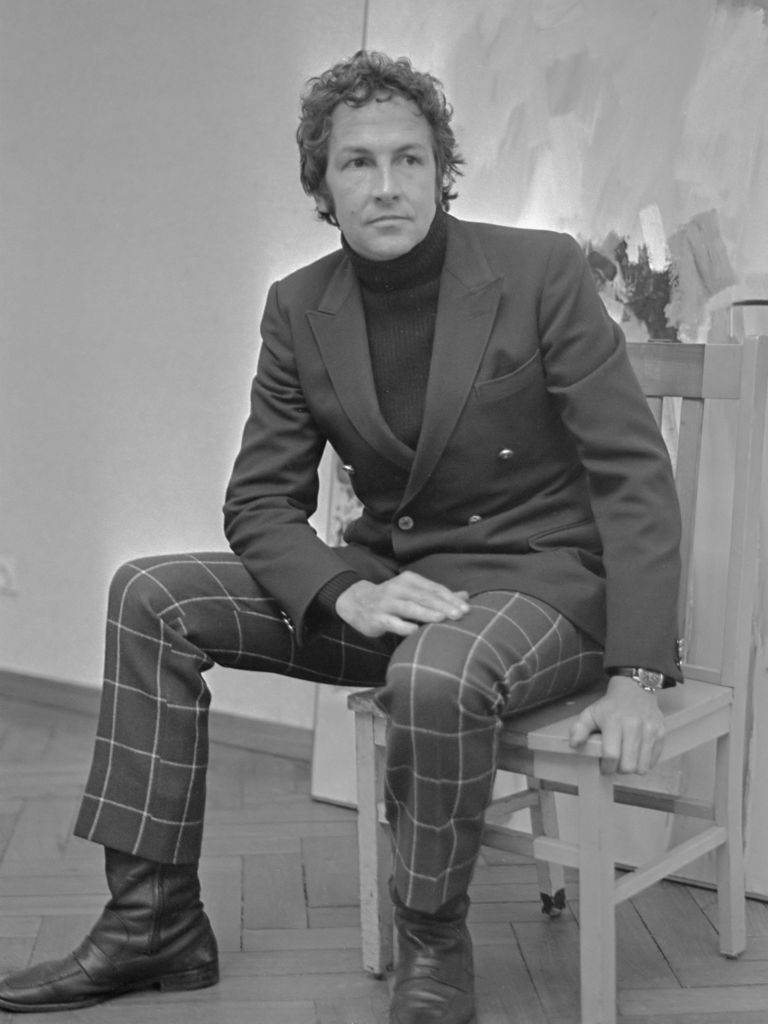Robert Rauschenberg’s credentials as one of the world’s leading contemporary visualists have never been in question, so why are the first words from the lips of so many art aficionados “He’s never been one of my favorite artists”? The question lingers in the air, despite the quality of the Texas native’s work in general and of this specific

exhibit. A potential answer: “By fusing and intermingling painting, sculpture, photography, printmaking and performance, Rauschenberg has become the preeminent practitioner of breaking down the barriers among art-making genres and methods,” says exhibit co-curator Walter Hopps of the Menil Collection. That’s one way — a stuffy, curatorial-speak kind of way — of saying that Rauschenberg is the ultimate mixed-media artist. For us, the lay viewers who confront this stuff with untrained but critical eyes, it seems Rausch has bebopped crazily, fitfully, through the realms listed above, with additional pit stops in abstract expressionism, assemblage, pop art, high-res digital, etc. (The brochure

accompanying the exhibit terms Rauschenberg’s tendency to aggressively overbook his muse “thoughtful inclusion.”) Trying to get a fix on the legend of Port Arthur is like trying to stop an ice cream cone from melting away in the sticky heat of a summer afternoon in Rauschenberg’s hometown, and some of us have grown exhausted (and hungry) from the effort. But the going just got easier thanks to “A Retrospective,” organized by New York’s Guggenheim Museum. The ode to Rauschenberg’s 50 years in art puts his artistic restlessness into context, and does so in a largely linear fashion, allowing the hushed din — the delicate, thundering static — of his vision to filter through the self-generated shock waves of a career spent on the cutting edge(s).
The exhibit is the first-ever collaboration between Houston’s big-three public art trusts: the Menil Collection, the Contemporary Arts Museum, and the Museum of Fine Arts.
HOUSTON PRESS FEBRUARY 12, 1998